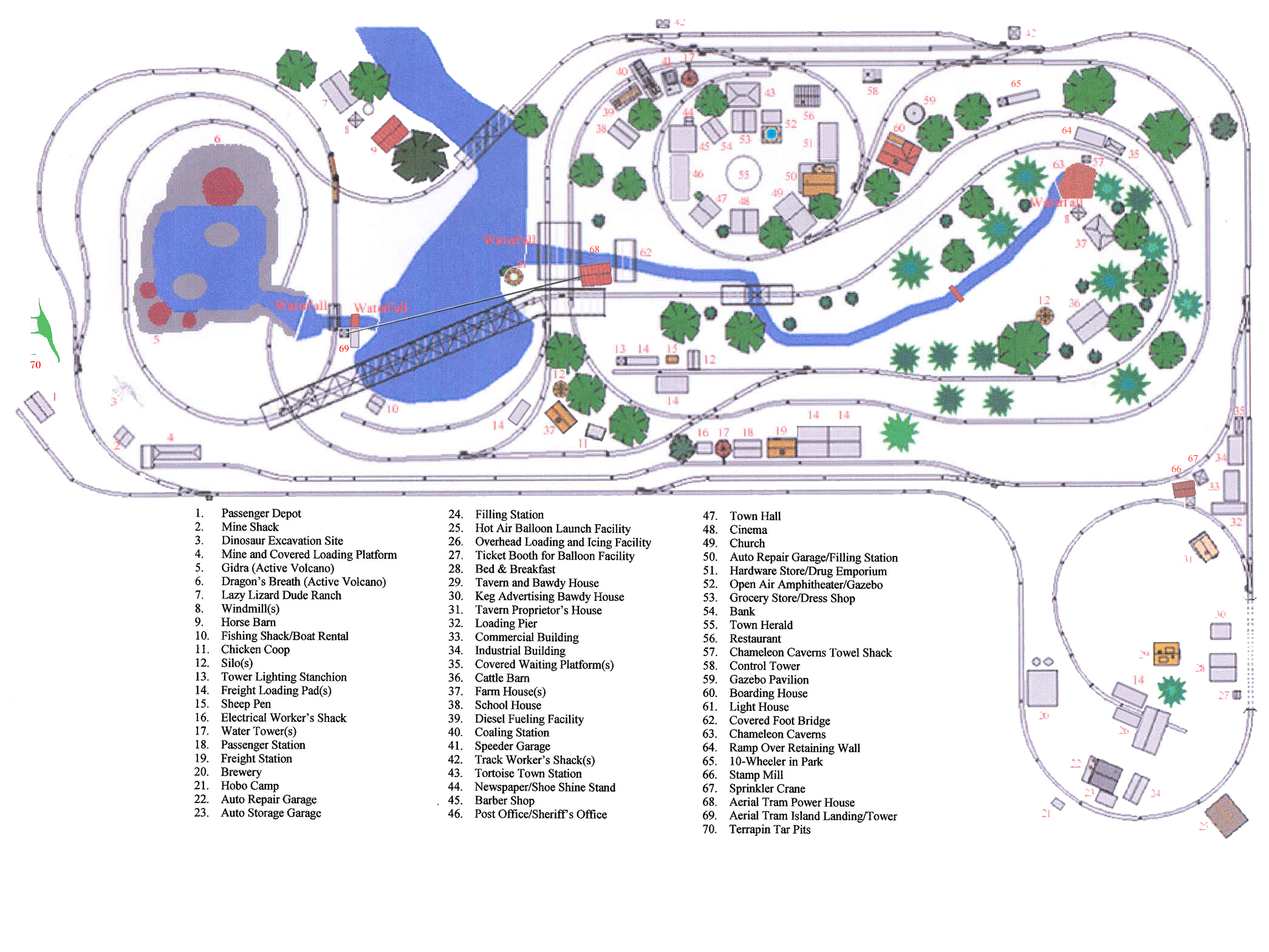I remember when I was planning my second layout how important it seemed to get a good software planning tool. In retrospect, I found it only a little bit helpful. As a disclaimer, I used mostly flex track.
For my yard it was very difficult determining the exact size and location of my trees and bushes. Not only that, I thought my back yard was fairly level, but putting the track down in place quickly dissuaded me of that notion. Very uneven and not level at all. You need measurements that are very close if you’re going to go buy track based on the software.
My first outdoor layout I put the track down on the yard and used rubber bands to hold the pieces together - and then ran the train around to see how it would look. I ended up using bricks to level the track in spots.
For track planning, I would recommend going outside and laying a hose where you think it would look good. It’s much easier to move the hose around than redraw it on the computer. Alternatively, just sketch it out on some graph paper; it will be quicker. It doesn’t have to be totally accurate, you’re just trying to get an idea of how it will fit in your lot.
Once you get the basic “flow” of the track, then go ahead and put it into the software program. Consider getting some flex track for those sections where you need to fudge a curve or just add a very large radius piece of track.
Do you have a particular focus? Railfanning, operations, whatever? Having a focus can help you concentrate on ideas that are important to you.
Edit: put in some bigger paragraph breaks! Yikes!
